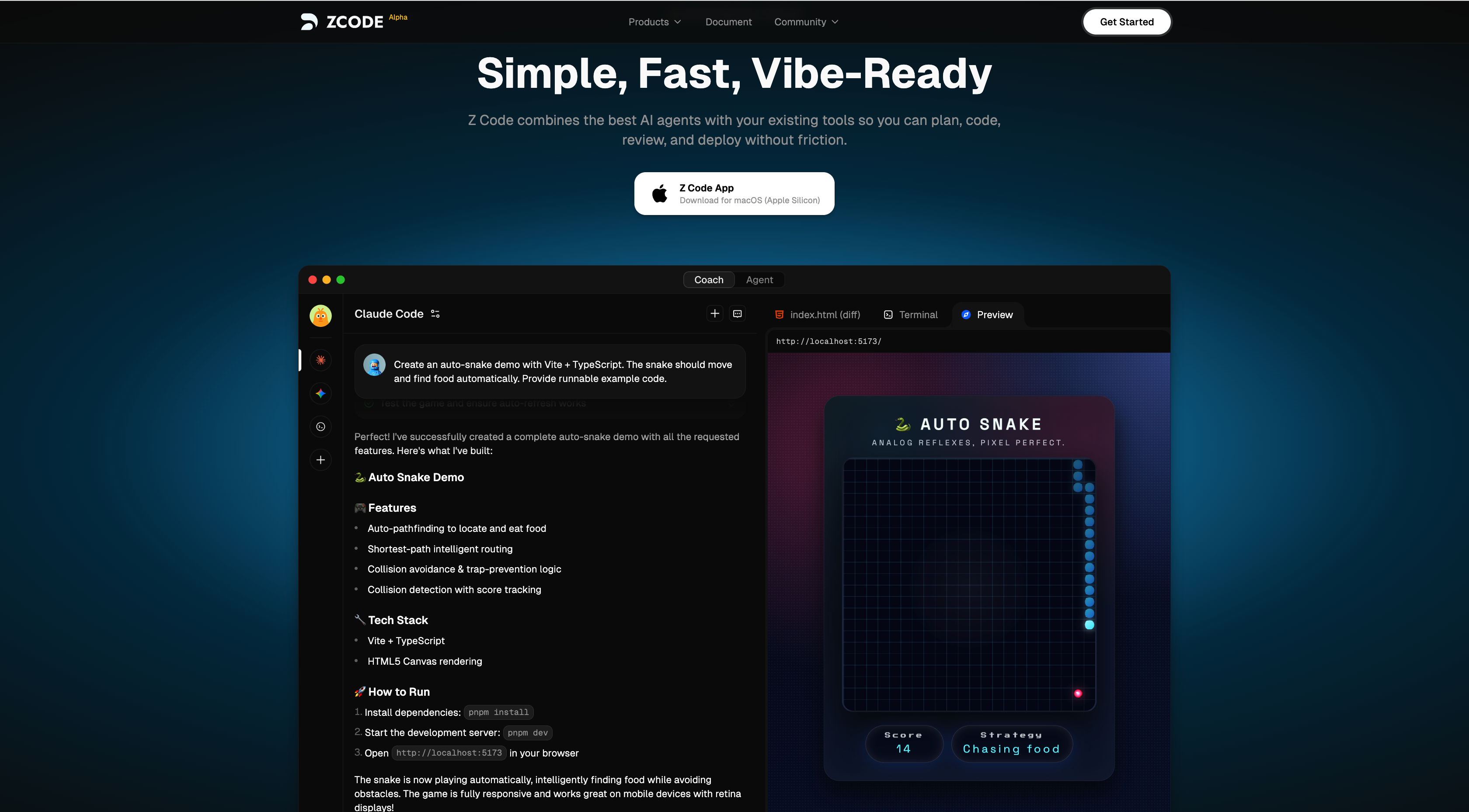Google DeepMind's latest research findings show that its video generation model Veo3 demonstrates capabilities far beyond expectations. This AI system, originally focused on video generation, unexpectedly showed strong multi-task processing potential after completing 18,384 basic video tasks, regarded by the research team as a milestone breakthrough in the field of visual AI.
The most remarkable feature of Veo3 is its zero-shot learning ability. Without specific training, the model can automatically handle various complex visual tasks. This generalization ability marks that AI systems are moving from single-function tools to general intelligent assistants.

In terms of image understanding, Veo3 performs excellently. The system can automatically identify basic visual elements such as edges, contours, object positions, colors, and shapes in images, and conduct detailed analysis of complex scenes. When facing messy image content, Veo3 can accurately distinguish between foreground and background, locate the main objects in the image, and establish a solid foundation for subsequent image processing and content generation.
More impressively, Veo3 shows an understanding of the physical world. The model can determine the buoyancy of objects, simulate light reflection effects, and even predict the motion trajectories of objects under specific environmental conditions. This physical reasoning ability makes it more natural when generating realistic videos or simulating real-world scenarios. For example, when generating videos of floating objects on water, Veo3 can precisely simulate the waves and buoyancy effects of the water.
In terms of image editing features, Veo3 supports automatic background removal, text addition, and artistic style conversion. The system can convert ordinary photos into oil painting styles or add dynamic effects to images, showing broad application prospects for content creation tools.
Notably, Veo3 demonstrates logical reasoning abilities. The system can analyze maze images and plan optimal paths, and even solve complex Sudoku puzzles. This indicates that Veo3's capabilities have gone beyond pure visual processing, beginning to possess some abstract reasoning abilities.
The Google DeepMind research team compares this advancement to the GPT-3 moment in the field of visual AI, believing that it marks the evolution of visual AI from specialized systems to general intelligence. This technological breakthrough creates new possibilities for applications in fields such as autonomous driving, medical image analysis, and virtual reality.
From a technical development perspective, Veo3's multi-task capabilities stem from its deep representation learning ability formed during large-scale video data training. By learning spatiotemporal relationships, physical laws, and visual patterns in videos, the model unexpectedly gains the generalization ability to handle related visual tasks.
However, the widespread application of this technology still faces multiple challenges. Issues such as computational resource requirements, model interpretability, privacy protection, and ethical regulations need to be properly addressed in practical deployment. Especially in fields involving the processing of sensitive data, such as medical image analysis, ensuring the reliability and safety of the system will be key considerations.
From the industry competition perspective, the release of Veo3 further solidifies Google's leading position in the field of visual AI and sets a new technical benchmark for other technology companies. As the capabilities of visual AI continue to improve, the application value of this technology in commercial and research fields will continue to expand.
Veo3's breakthrough performance reveals an important trend: specialized AI systems may develop general capabilities that exceed their original design goals once they reach a certain scale and complexity. This phenomenon provides new insights into the future direction of AI technology.
Paper link: https://arxiv.org/pdf/2509.20328










